Tien Yen is a land that still preserves many traditional cultural features of ethnic groups such as Dao, Tay, San Chi... People here also preserve and maintain some rattan and bamboo weaving crafts. In Bac Lu village, Ha Lau commune, Mr. Kieu Duc Minh, a Tay ethnic, is currently the only artisan in the commune who still maintains the traditional craft of weaving bamboo hats.
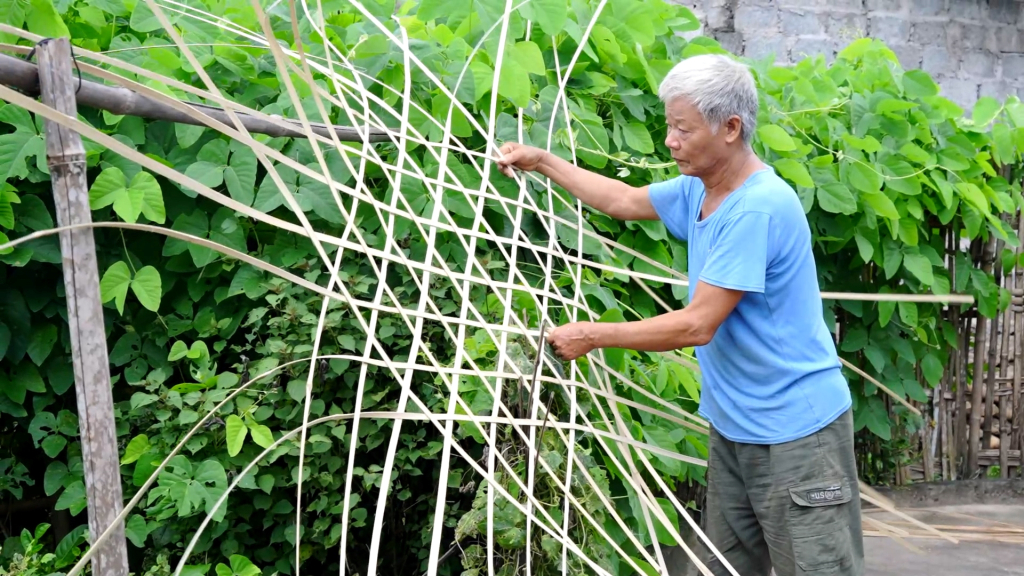
Mr. Kieu Duc Minh's family has restored the craft of making bamboo hats for several years now. In addition to weaving wide-brimmed hats in the traditional style, he also researches and creates new designs to meet the different needs of users.
Bamboo leaf hats are a familiar item of ethnic minorities in Tien Yen, used a lot in their working and living life. The hats follow the people to the fields, and children also wear them to school. The leaf hats are not only an item to protect against the rain and sun, but also contain cultural stories, attached throughout each person's life.
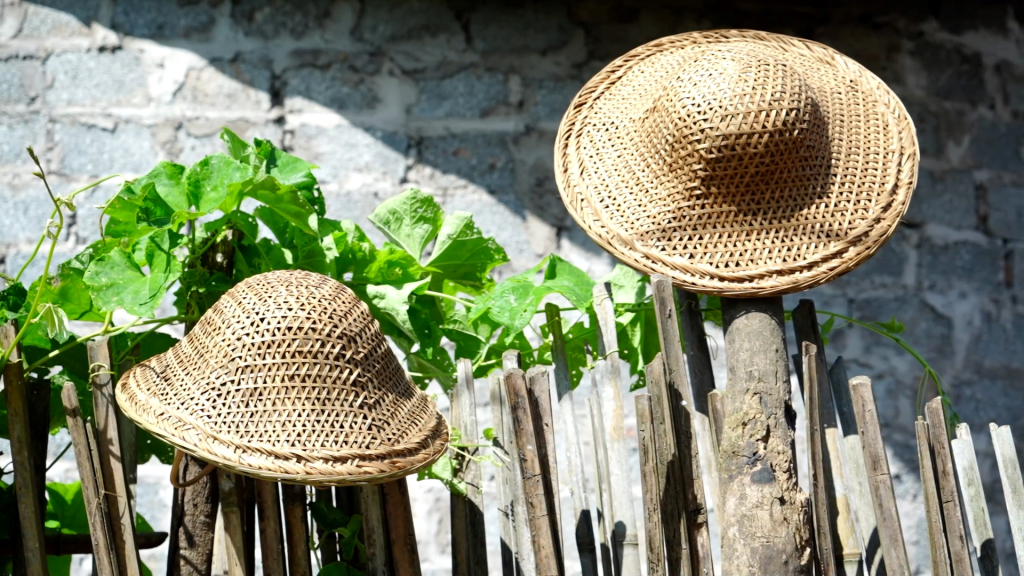
The hats are woven very elaborately, through many stages and are made entirely by hand. It takes 1-2 days to make a complete hat, not including the drying time. The hats are woven in 2 layers, including a lower bamboo frame layer woven more loosely to create the shape of the hat, then the upper layer is woven with thicker eyes to increase the aesthetics of the hat. Between the 2 layers of frame and bamboo slats, there will be a layer of wild bamboo leaves, which are larger, tougher and more durable than regular bamboo leaves. The bamboo leaves will be processed by boiling, then dried and lined inside the hat.
While his hands were quickly completing his unfinished knitting hat, Mr. Kieu Duc Minh shared: In the past, Tien Yen people only wove wide-brimmed bamboo leaf hats. I have been researching how to weave bamboo leaf hats based on the current pith helmet design so that the hats are more compact and convenient, suitable for daily activities.
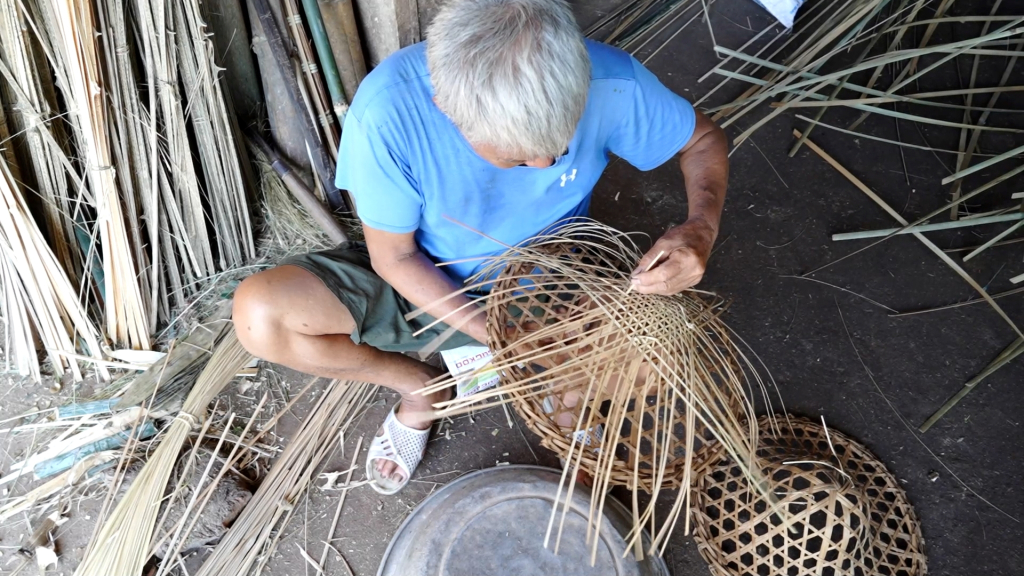
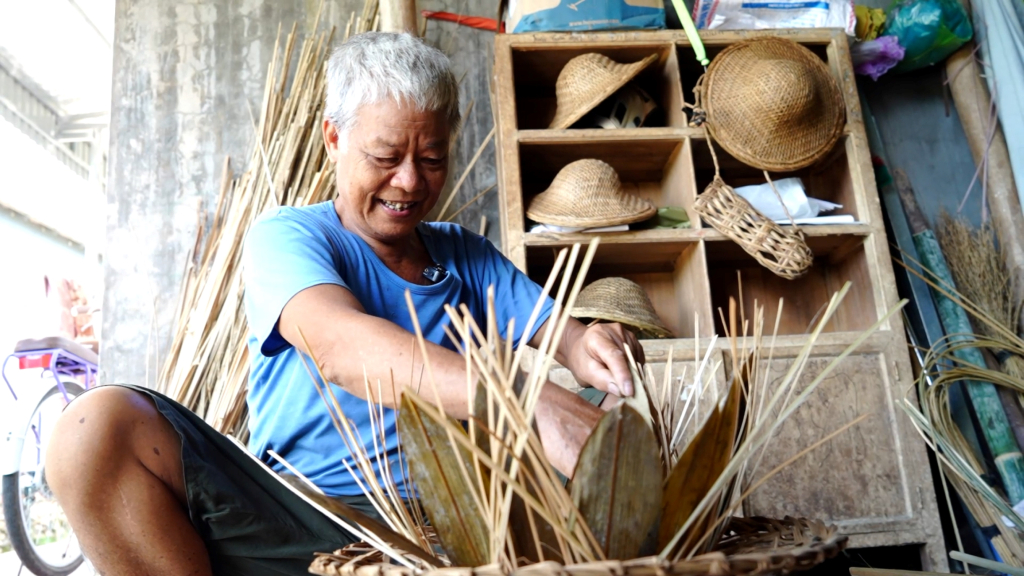
Compared to conical hats, weaving bamboo leaf hats is much more difficult because the hat only needs a straight frame, but with a curved hat design, it requires the maker to be skillful and experienced, weaving, bending and tightening the bamboo strips to create the shape of the hat. The finished hat will be dried in the sun for 3-4 days or hung on the stove to dry to avoid mold. The finished hat can be painted with a layer of glossy paint by Mr. Minh to increase the aesthetics and keep the hat more durable.
Perhaps because of such carefulness, meticulousness and ingenuity, the bamboo leaf hat of the Tay ethnic group in Tien Yen district is considered a unique handmade product, demonstrating the skillful hands and aesthetic level of the artisan.
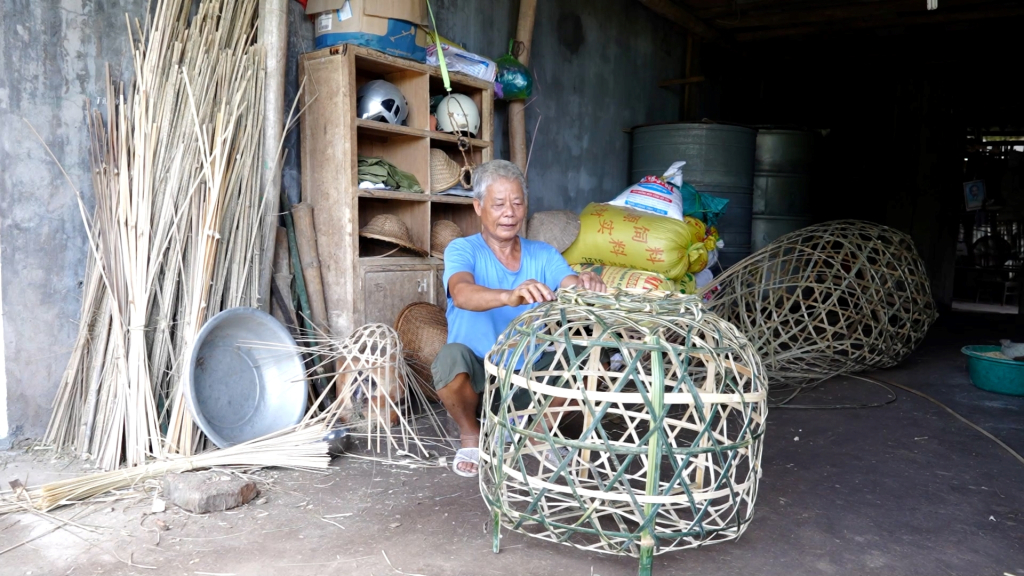
The woven products, especially the bamboo leaf hats created by Mr. Minh, are determined by Ha Lau commune, Tien Yen district to be developed to become tourist souvenirs associated with the cultural village of Ha Lau commune.
Mr. La Van Vy, Vice Chairman of the People's Committee of Ha Lau Commune, Tien Yen District, said: In order to prevent the use of traditional woven products and utensils of the people from being lost, the commune has also encouraged artisans to participate in preserving handicraft products from bamboo and rattan. Up to now, Mr. Kieu Duc Minh's family has restored many products, from hats, trays, carrying poles, chicken cages... to participate in Ha Lau market and contribute to the development of tourism for the commune.
The conical hat made by Mr. Kieu Duc Minh is present at the markets as a concrete demonstration of the uniqueness of the land and people in the highlands, and at the same time demonstrates the creativity of people in utilizing natural materials to serve their lives, living on nature and in harmony with nature.
Source


![[Photo] Touching images recreated at the program "Resources for Victory"](https://vstatic.vietnam.vn/vietnam/resource/IMAGE/2025/4/14/99863147ad274f01a9b208519ebc0dd2)
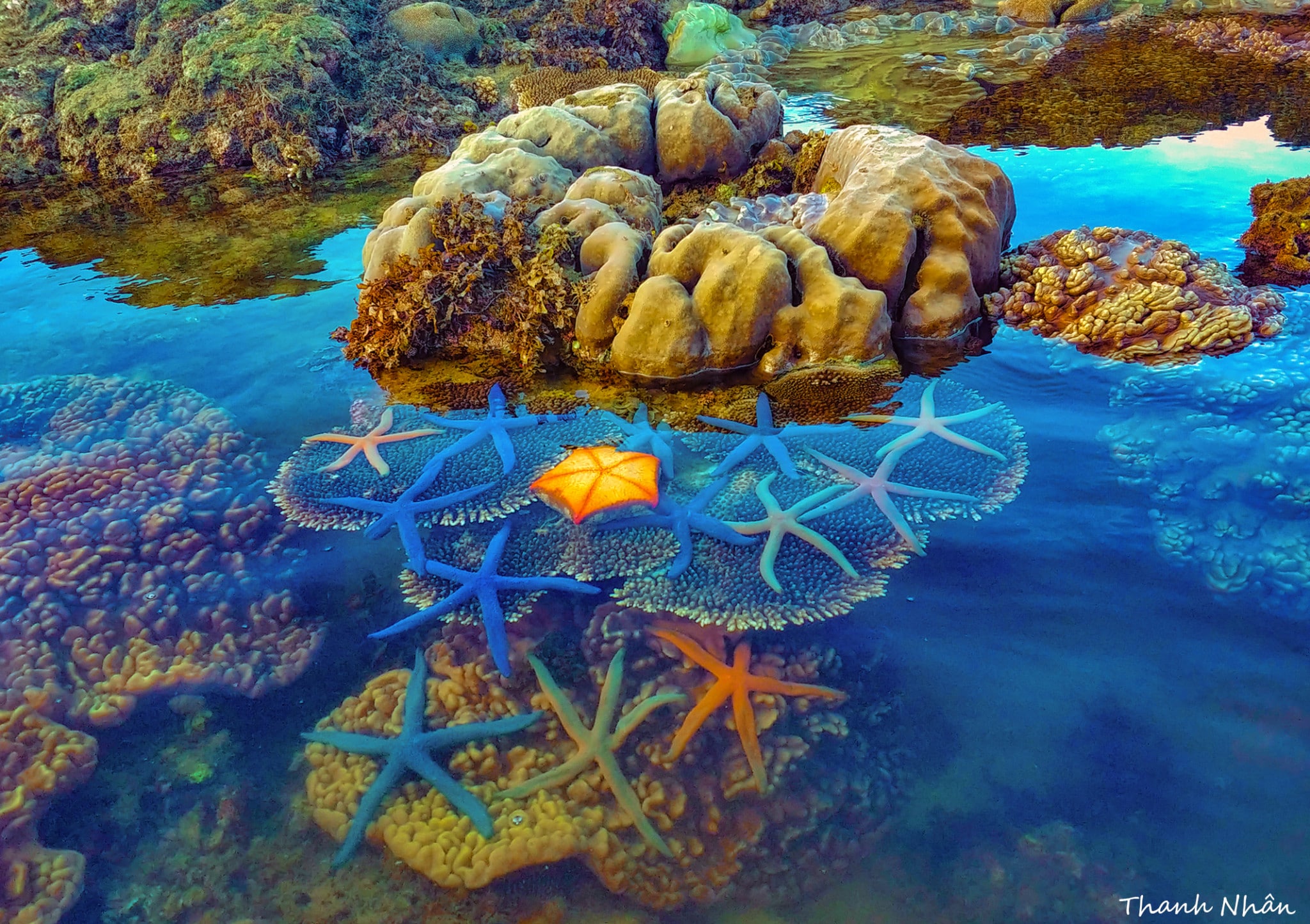
![[Photo] Children's smiles - hope after the earthquake disaster in Myanmar](https://vstatic.vietnam.vn/vietnam/resource/IMAGE/2025/4/14/9fc59328310d43839c4d369d08421cf3)

![[Photo] Opening of the 44th session of the National Assembly Standing Committee](https://vstatic.vietnam.vn/vietnam/resource/IMAGE/2025/4/14/03a1687d4f584352a4b7aa6aa0f73792)

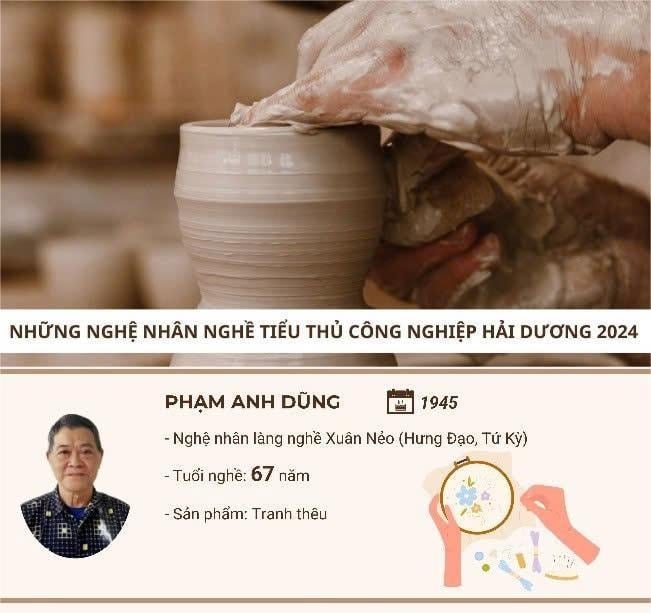
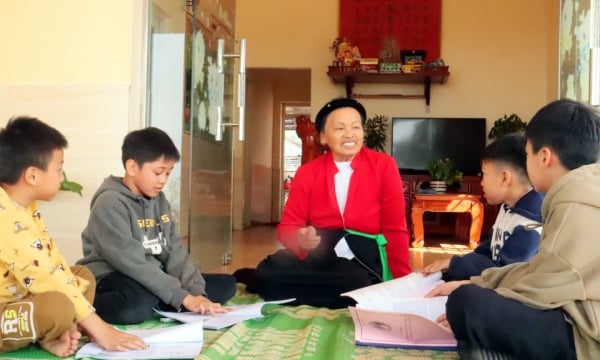
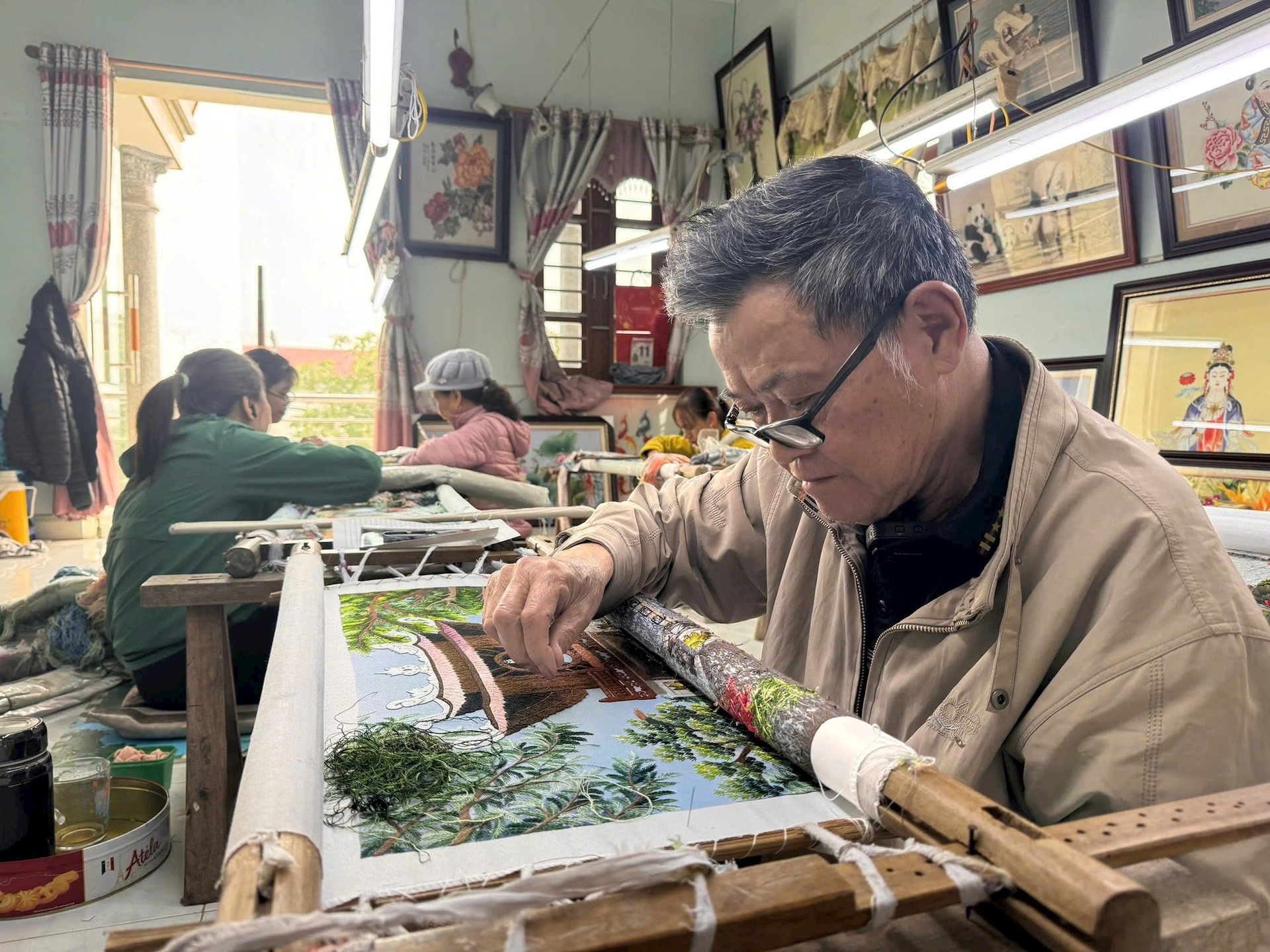
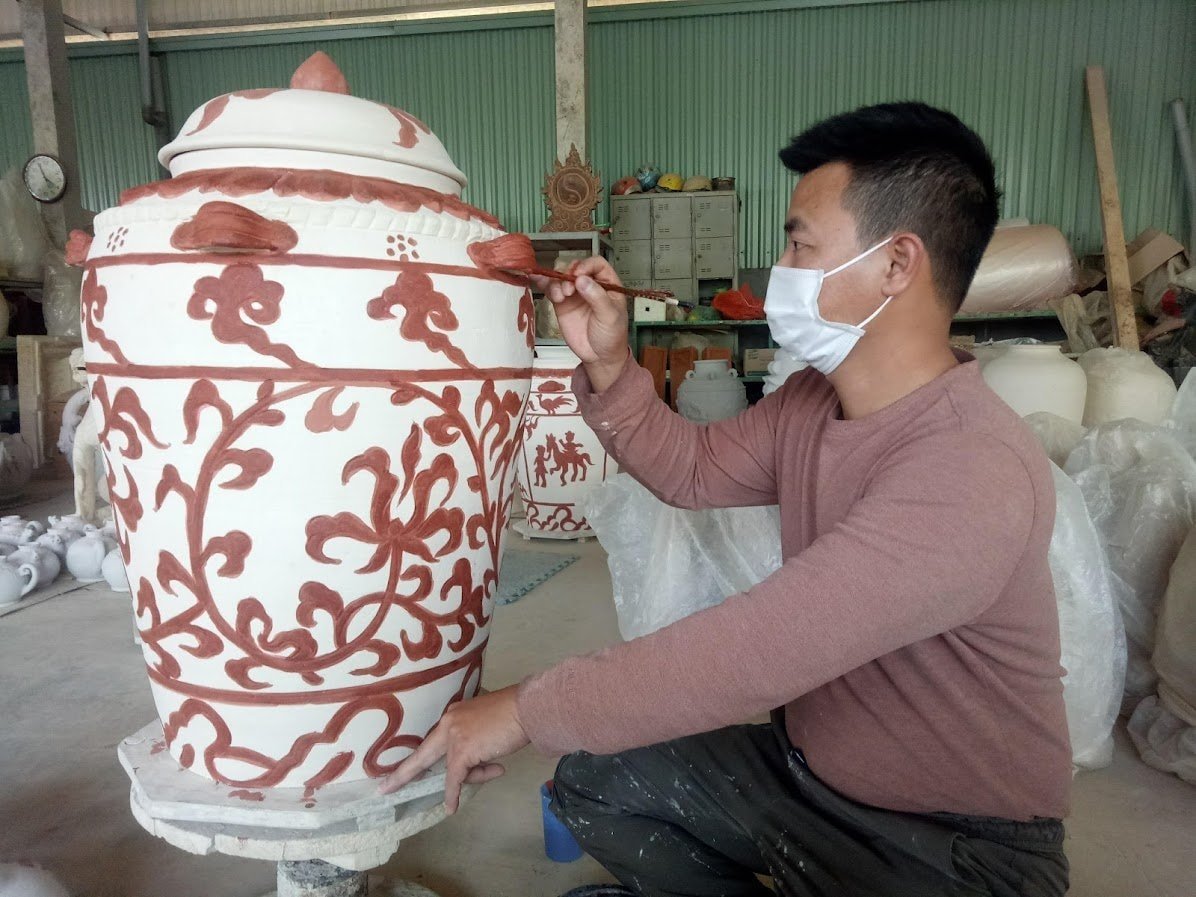

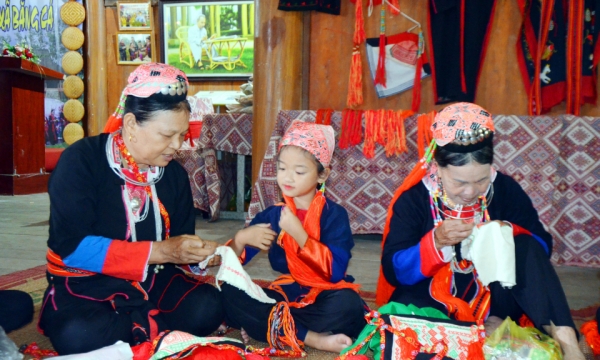
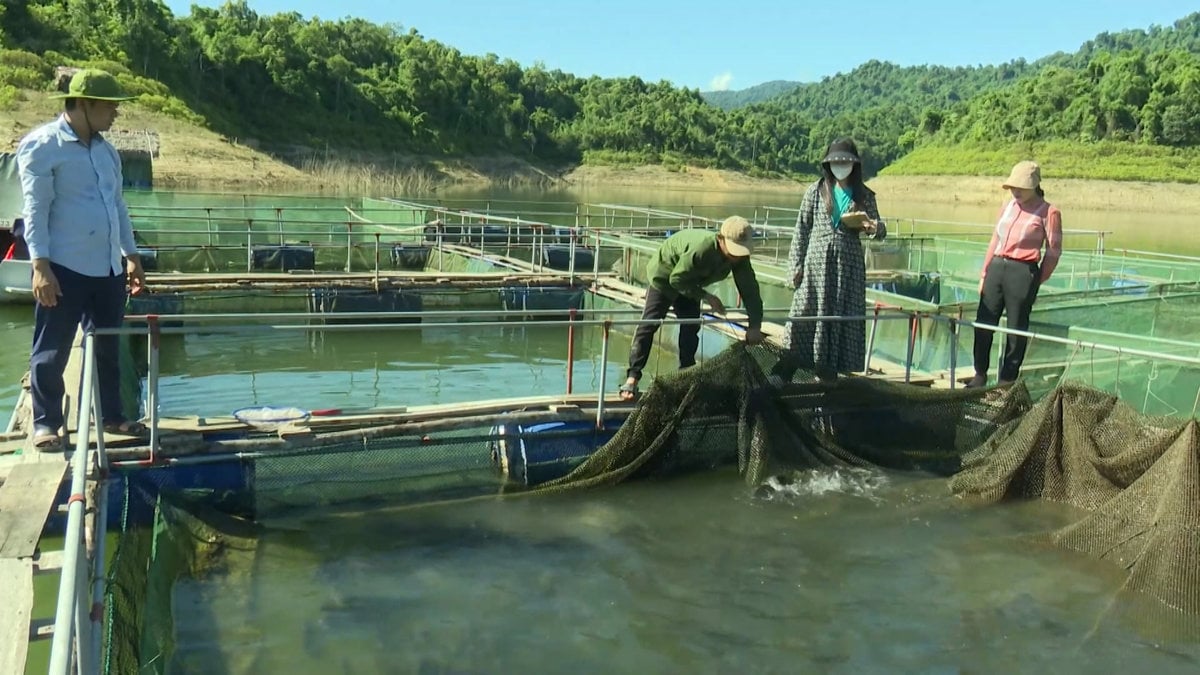
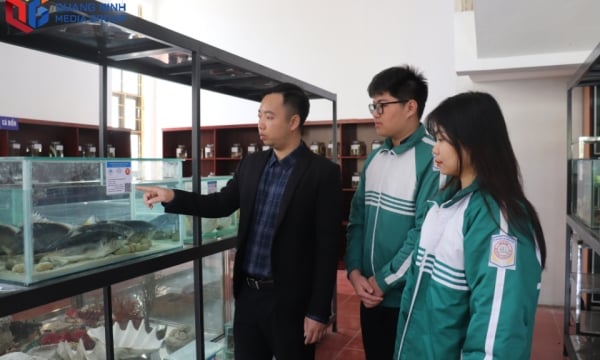
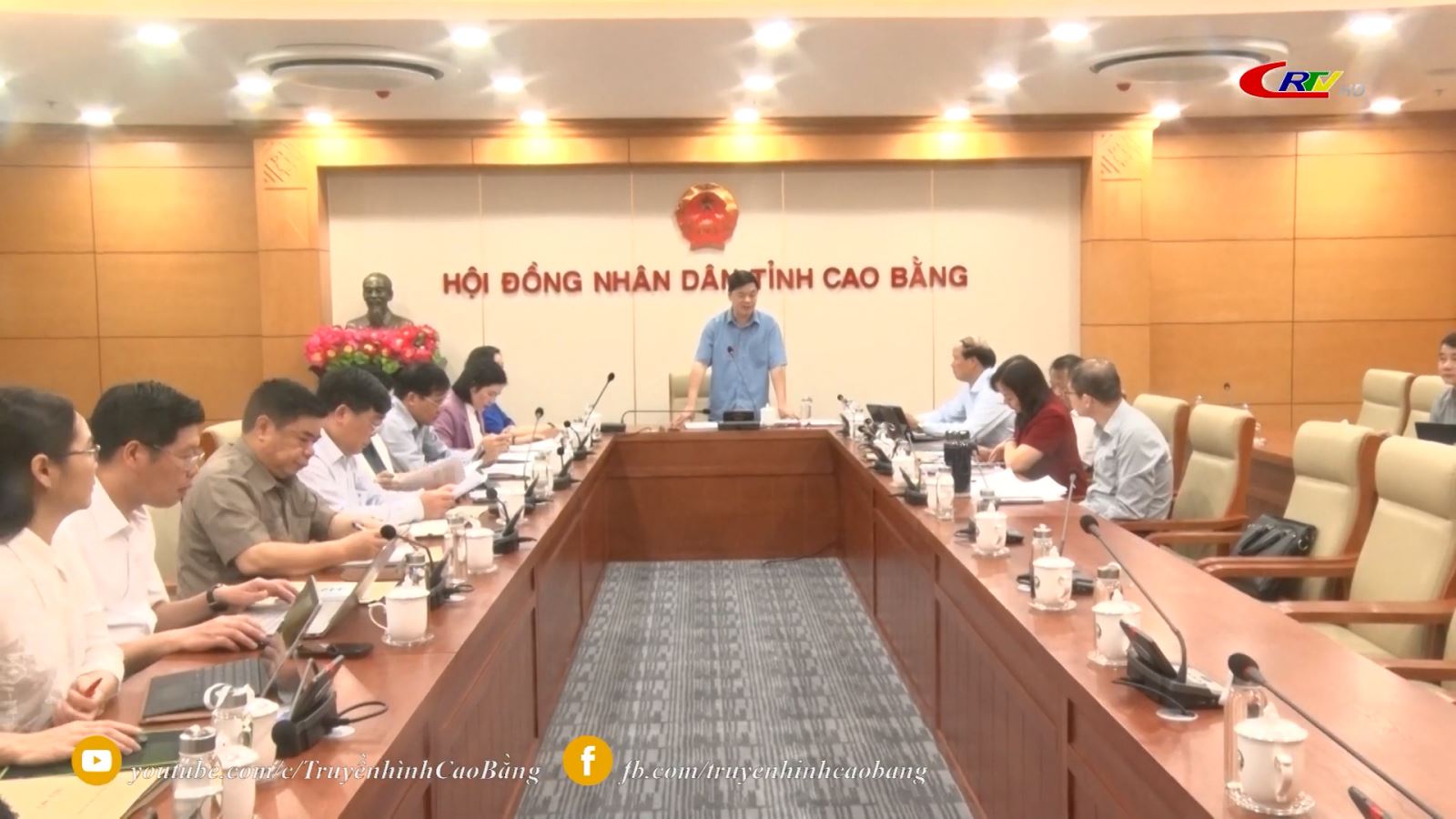
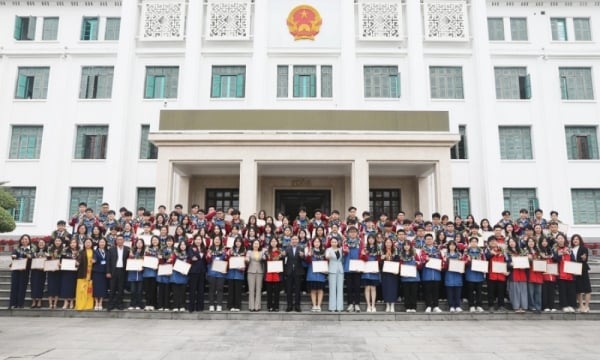
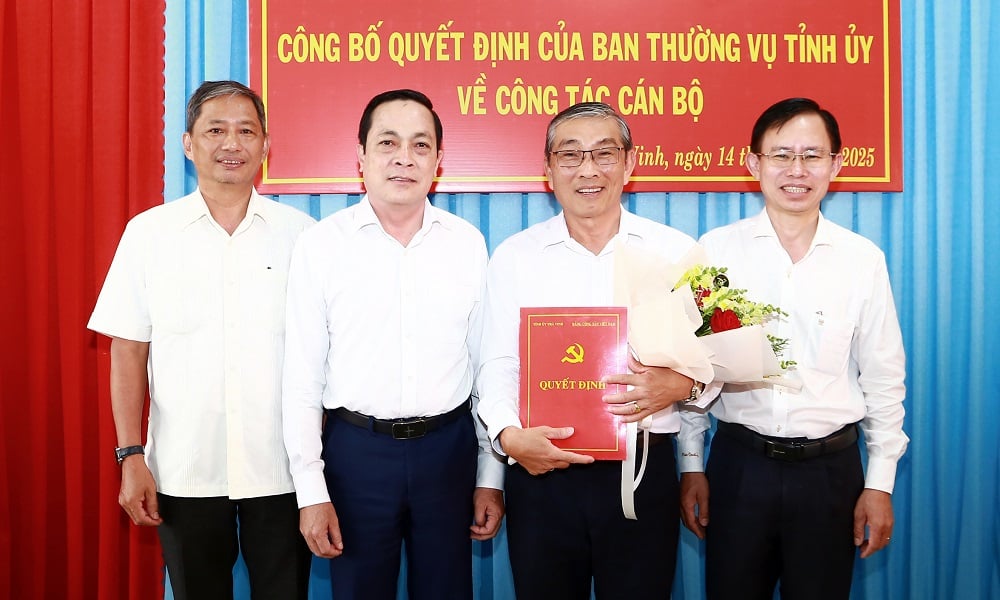
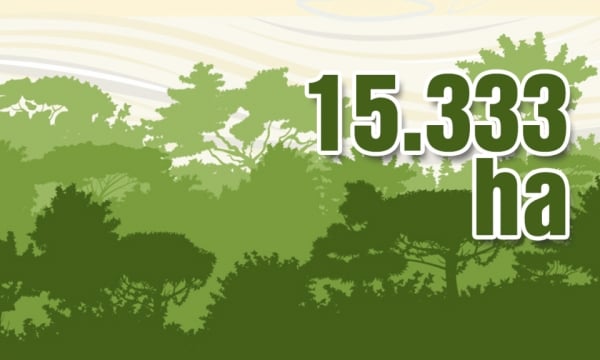

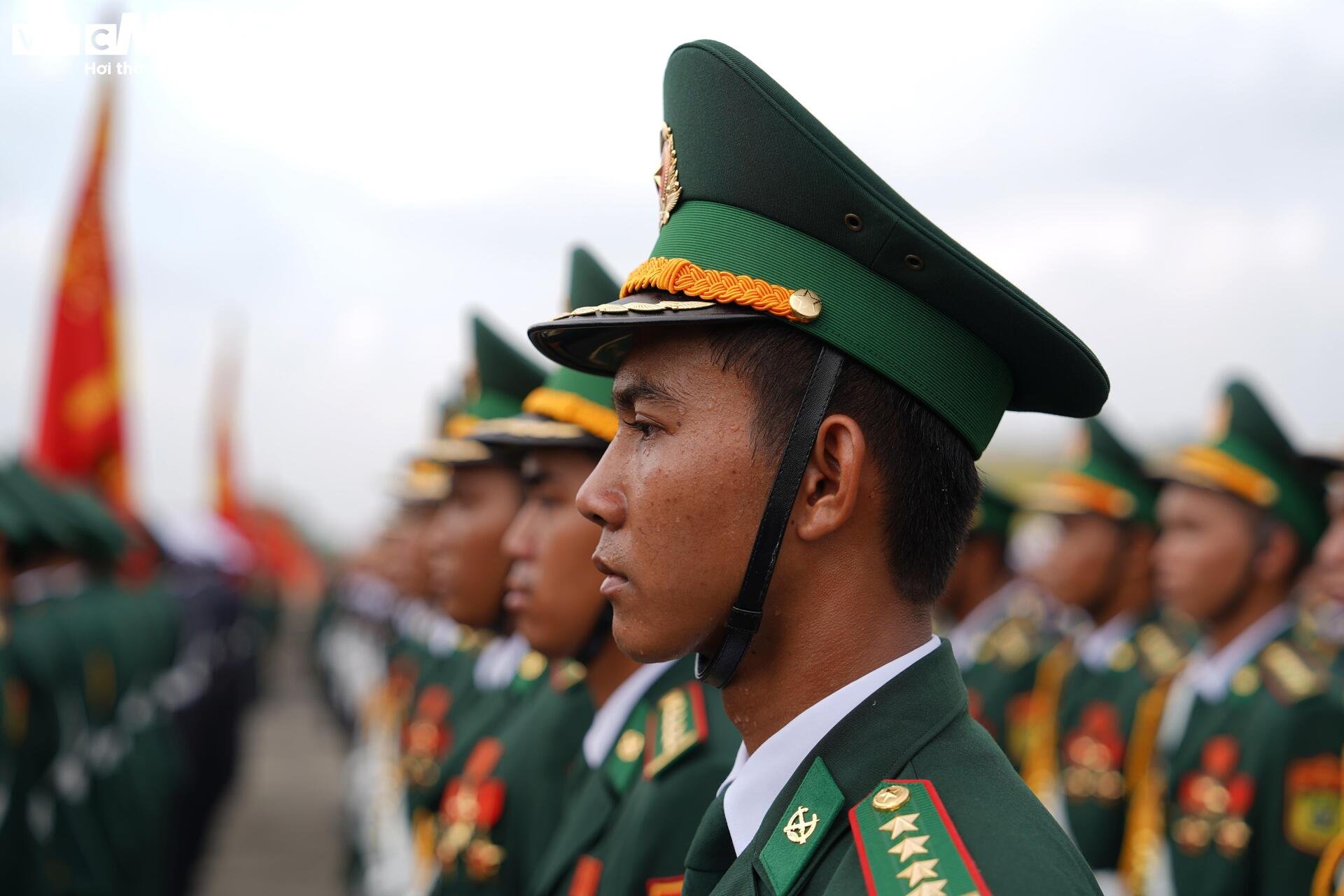

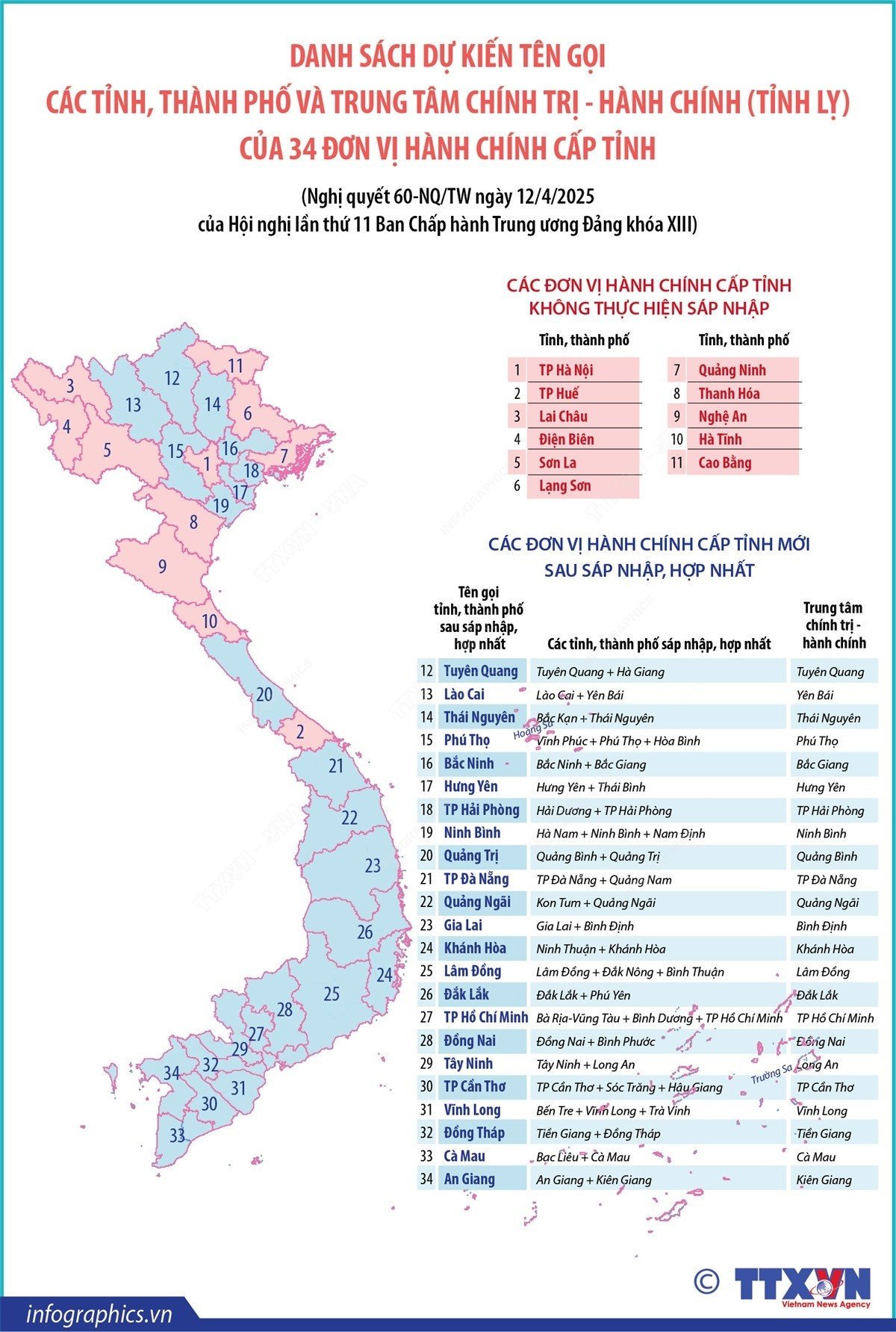
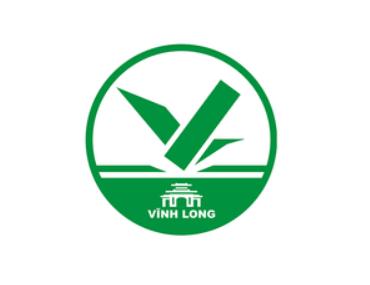
![Ancient Sculpture Masterpieces in Son Tay [Vietnam Cultural Tourism]](https://vstatic.vietnam.vn/vietnam/resource/IMAGE/2025/4/11/949ec2ff15dd49249d7bd4da0612cdb5)
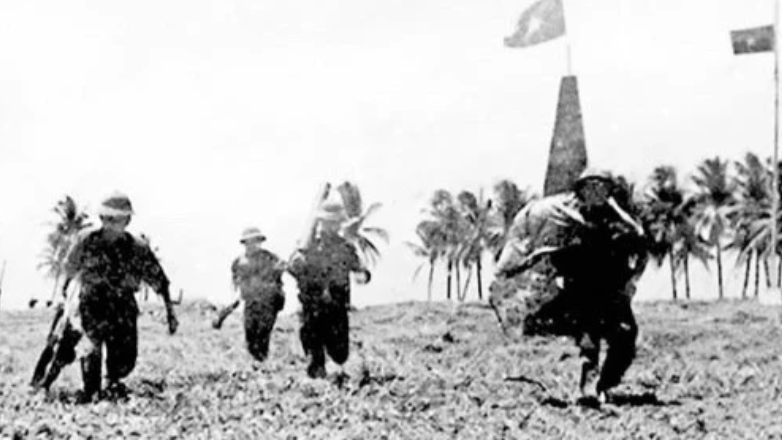

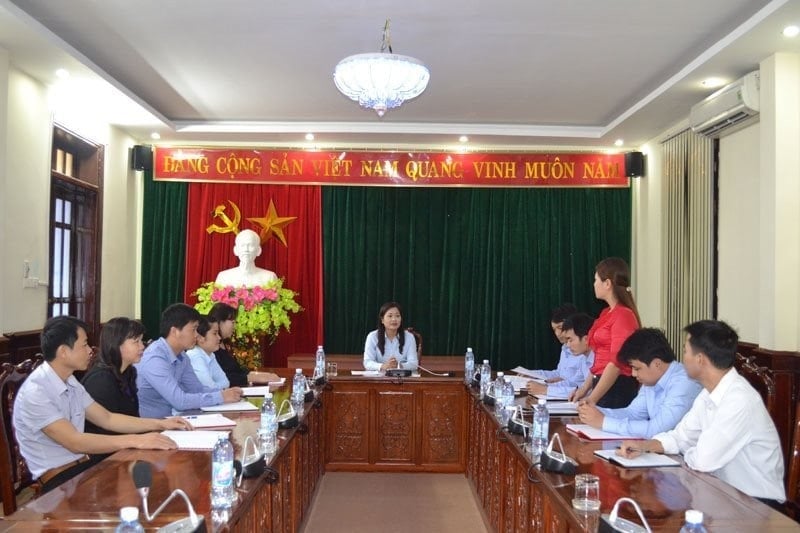
![[Photo] National Assembly Chairman Tran Thanh Man attends the ceremony to celebrate the 1015th anniversary of King Ly Thai To's coronation](https://vstatic.vietnam.vn/vietnam/resource/IMAGE/2025/4/13/6d642c7b8ab34ccc8c769a9ebc02346b)
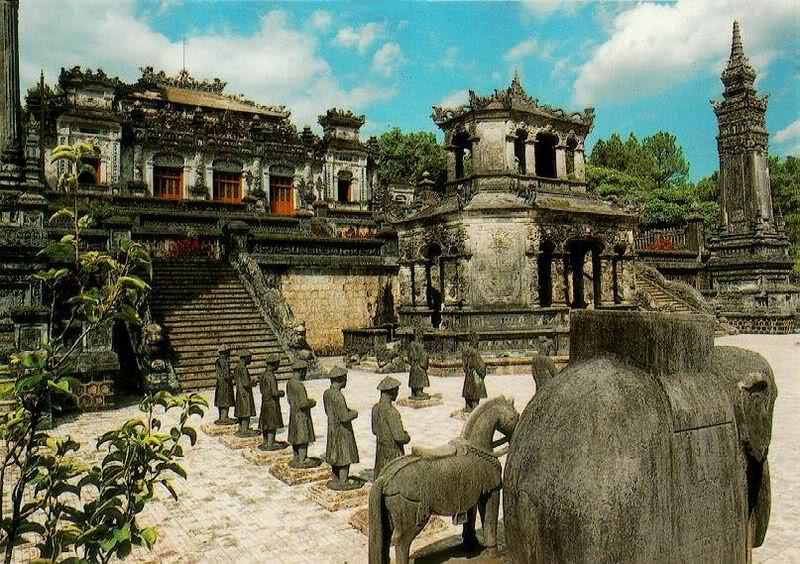

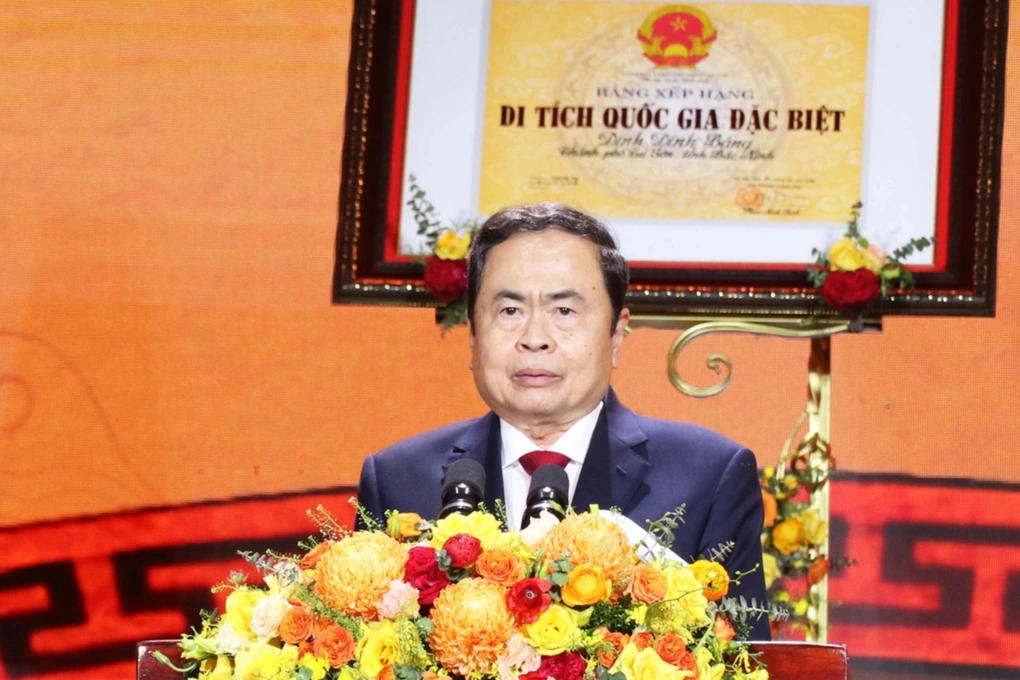









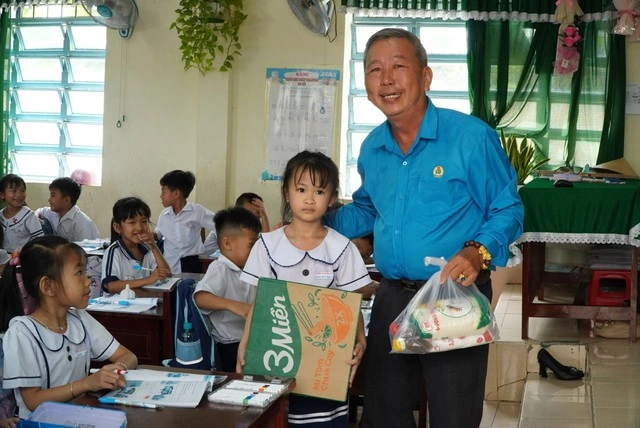

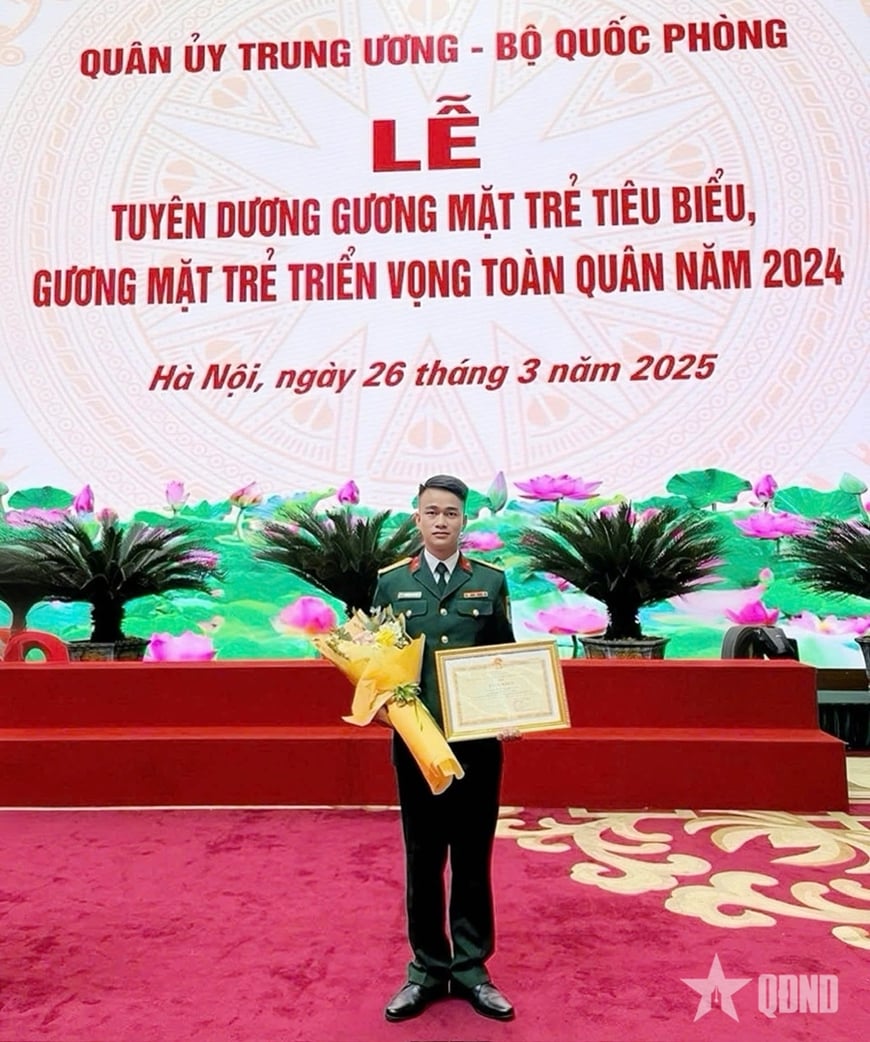

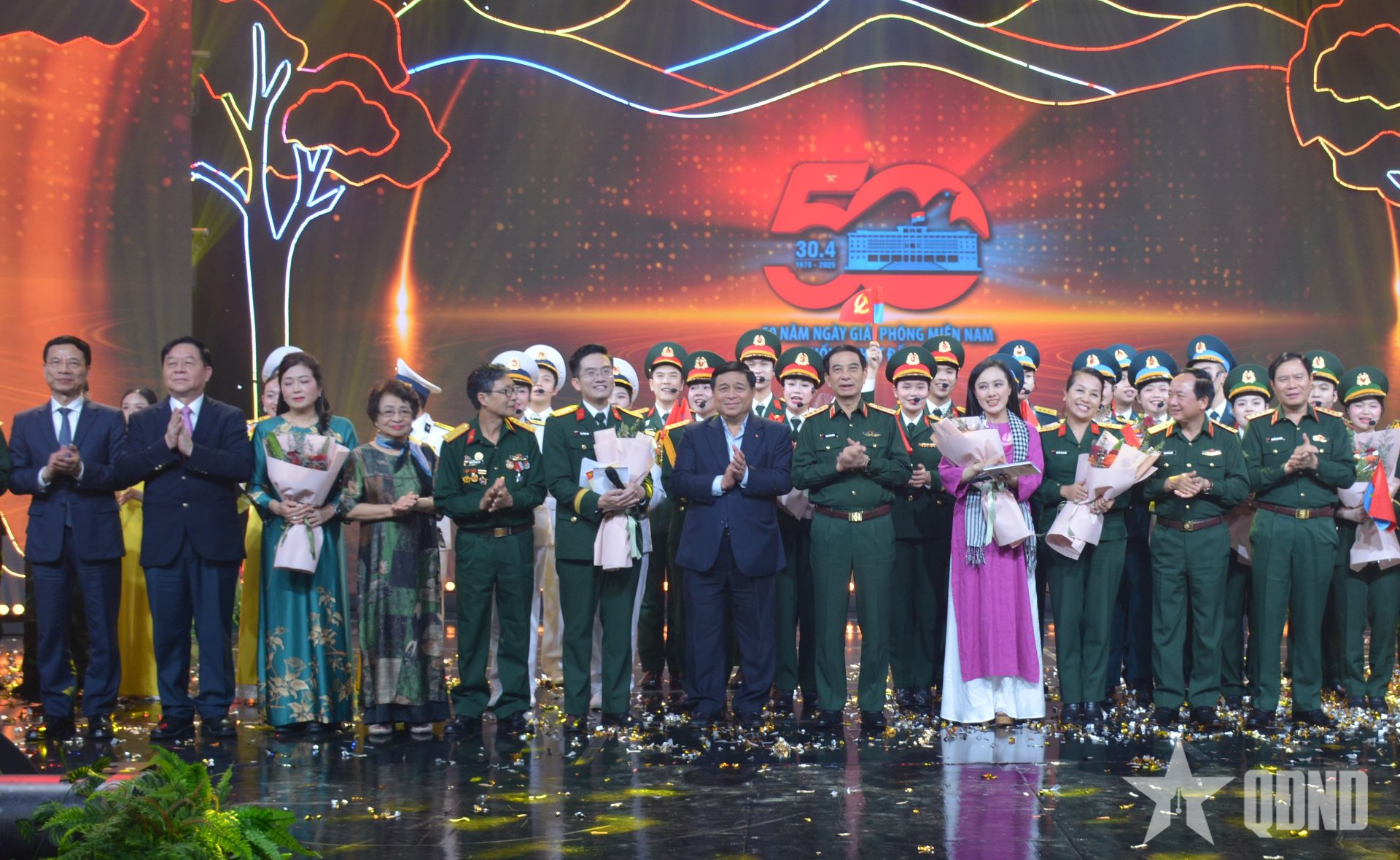
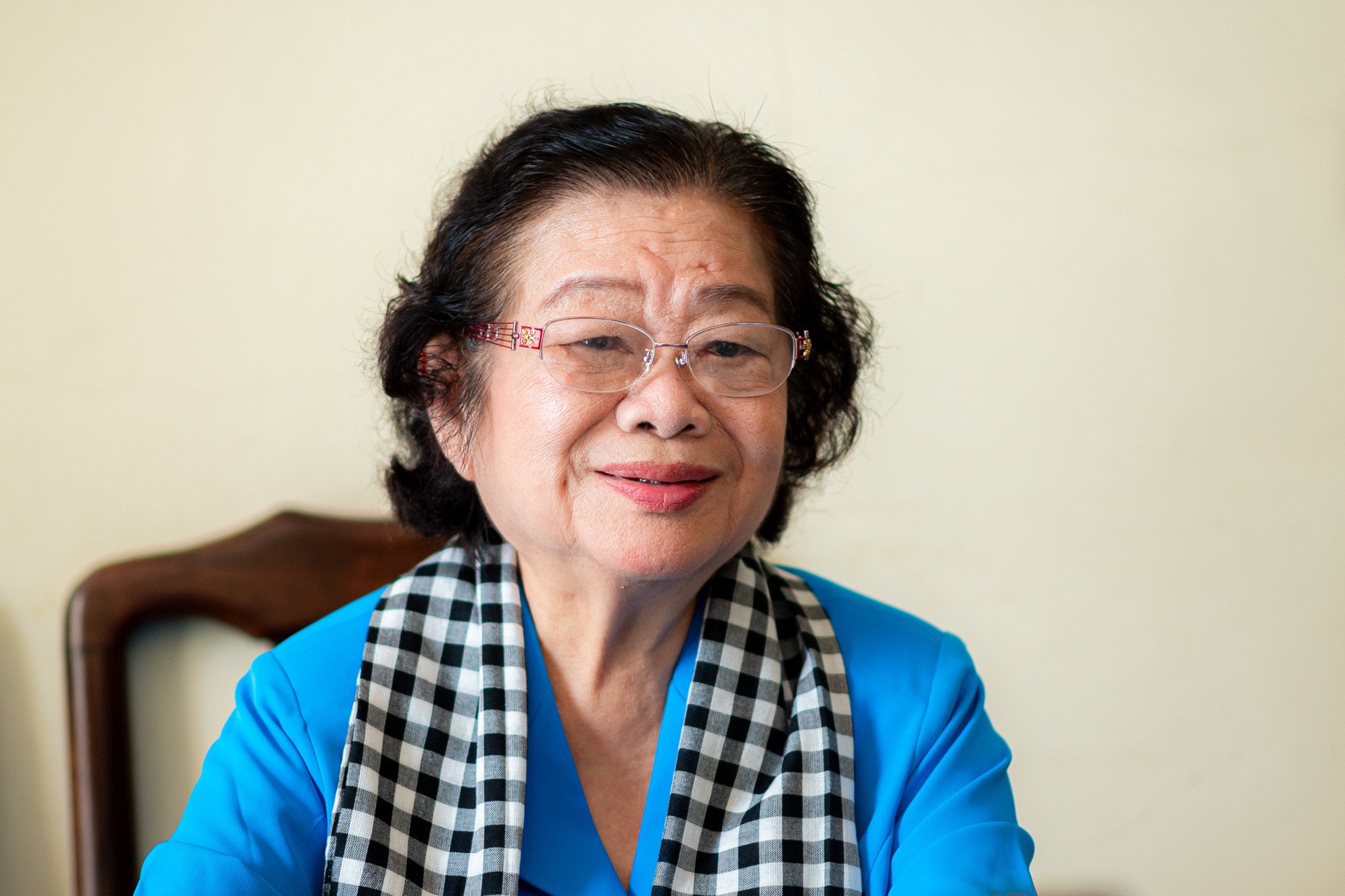

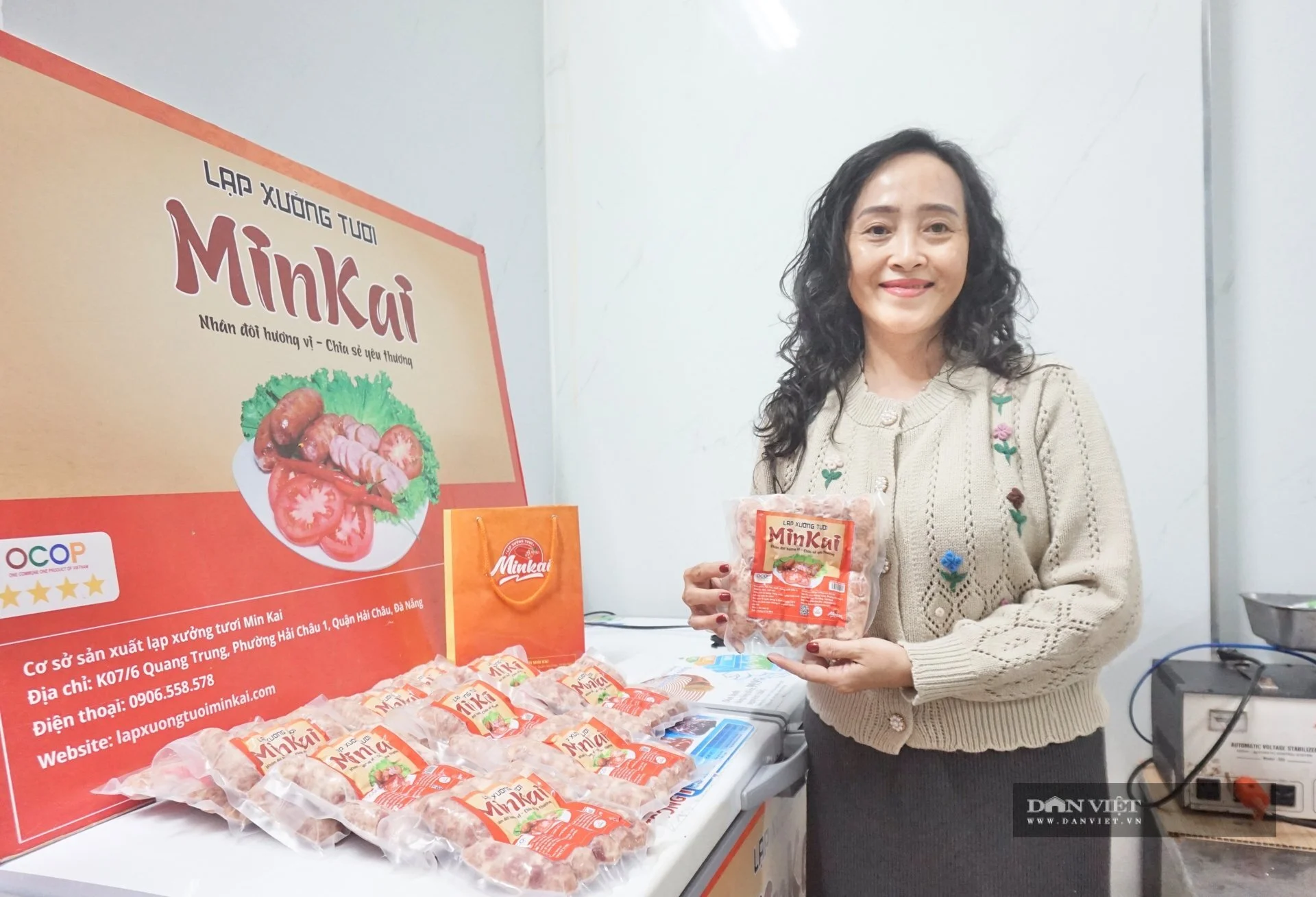

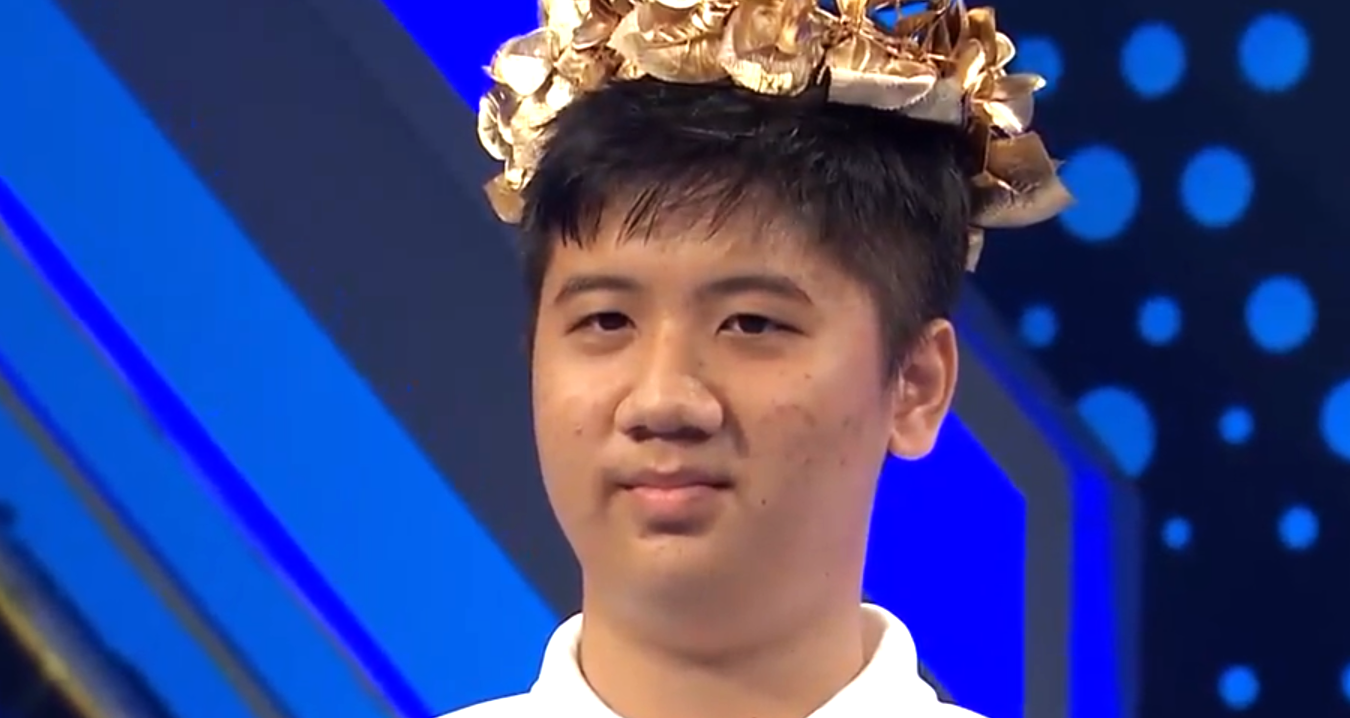










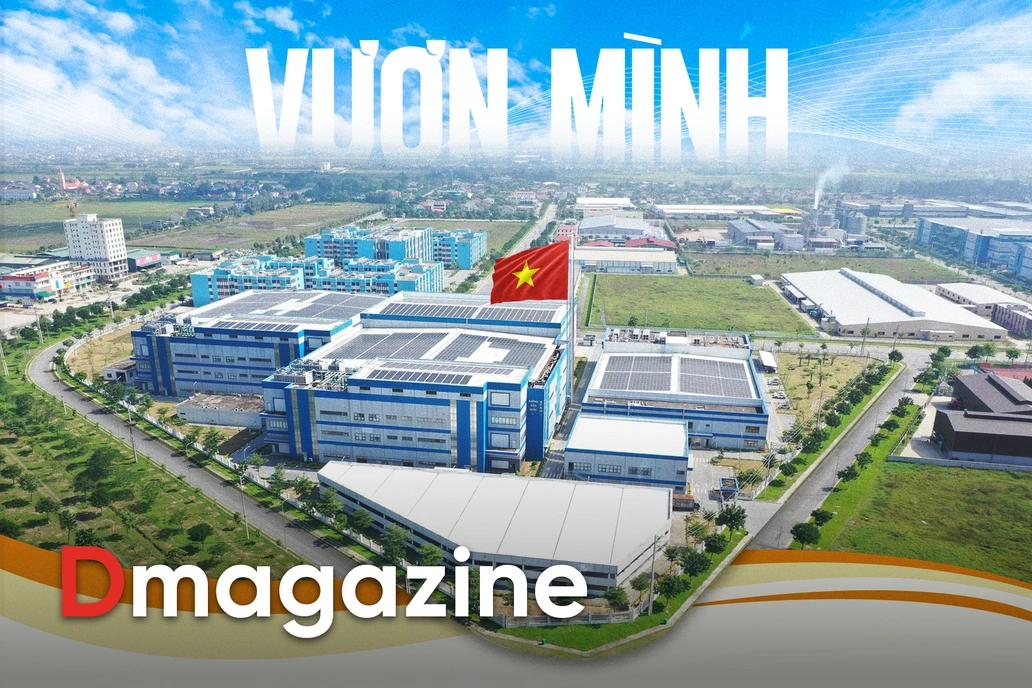
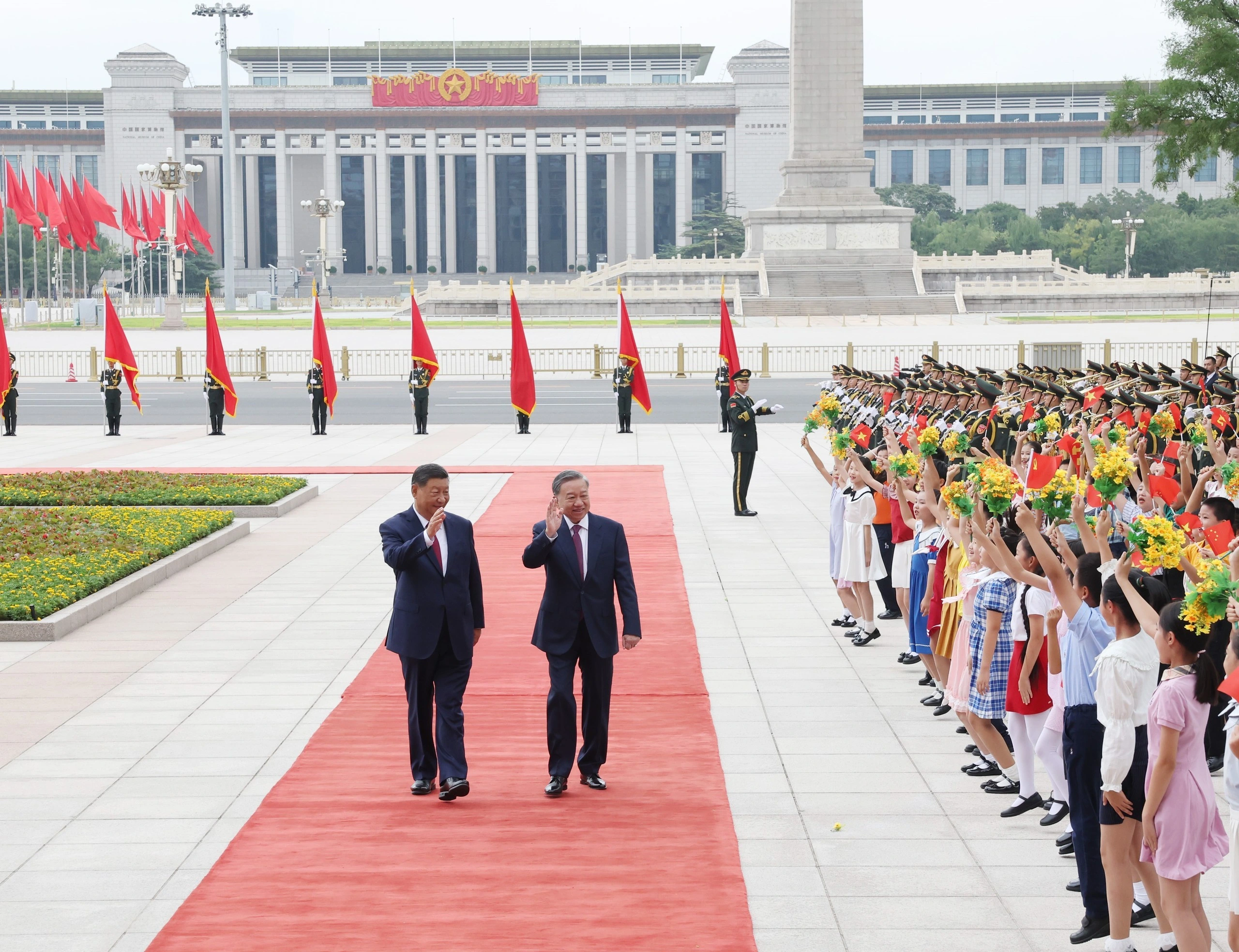

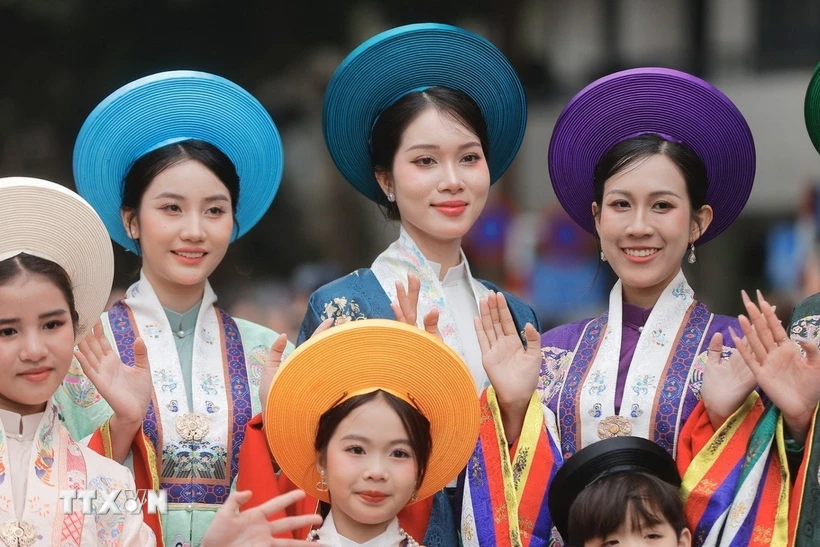



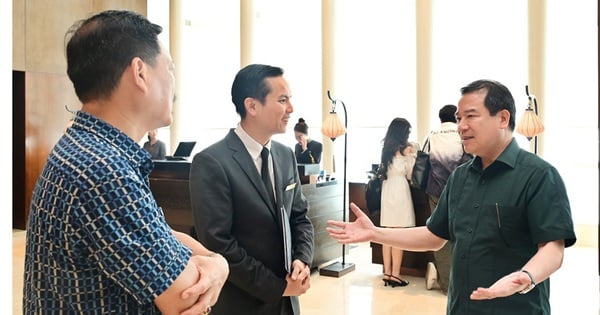
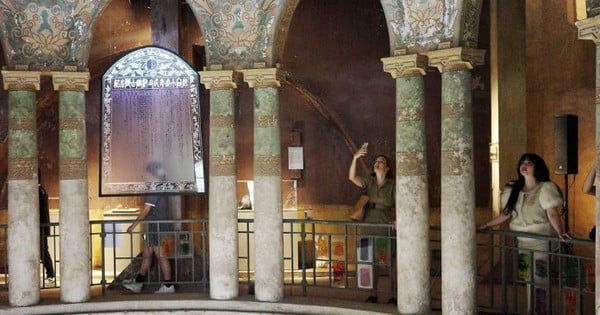
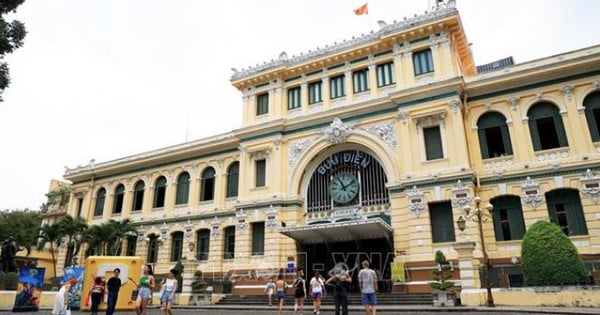


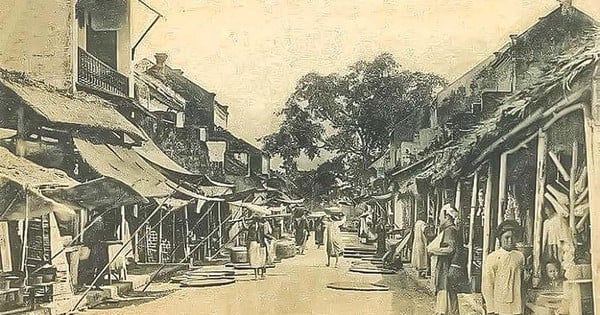





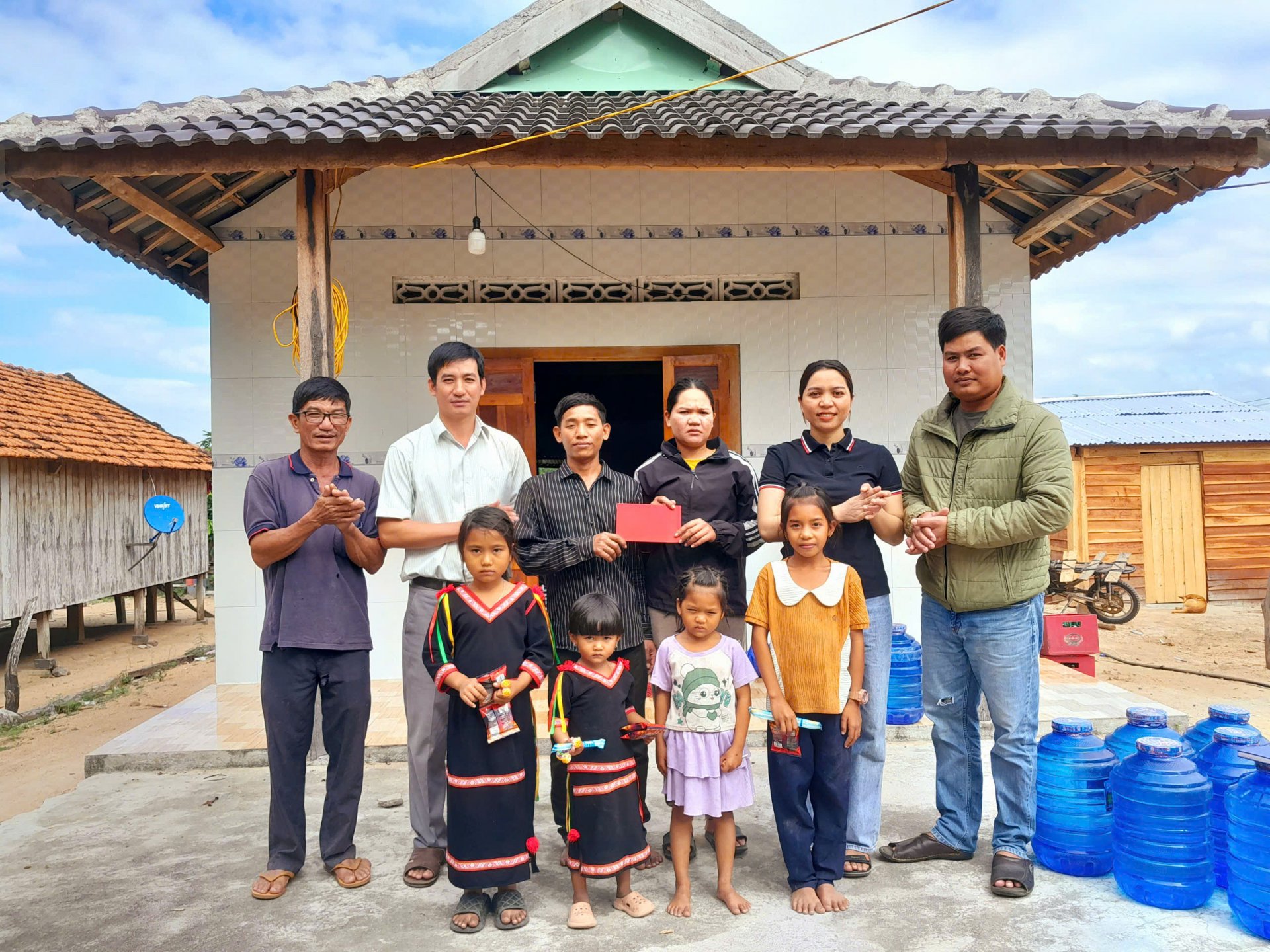
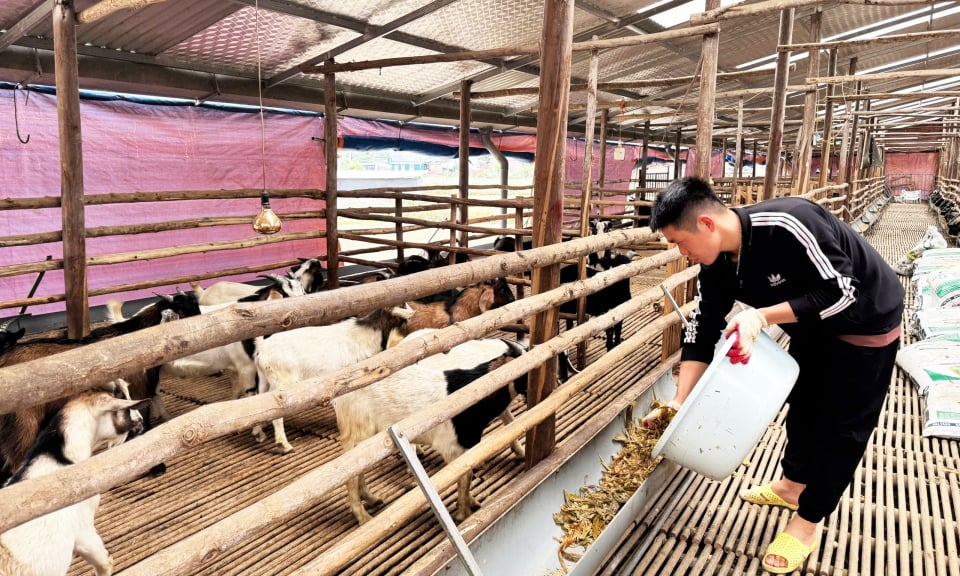

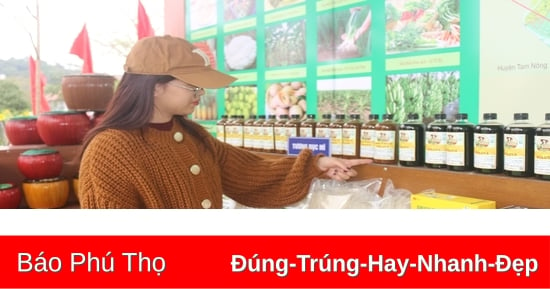

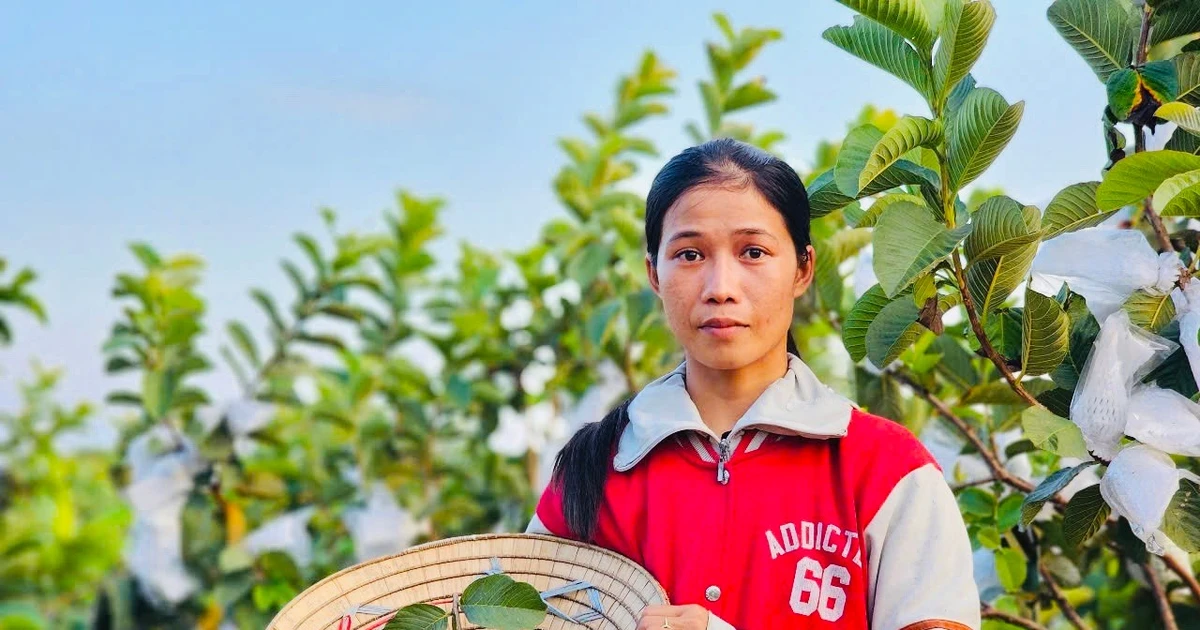

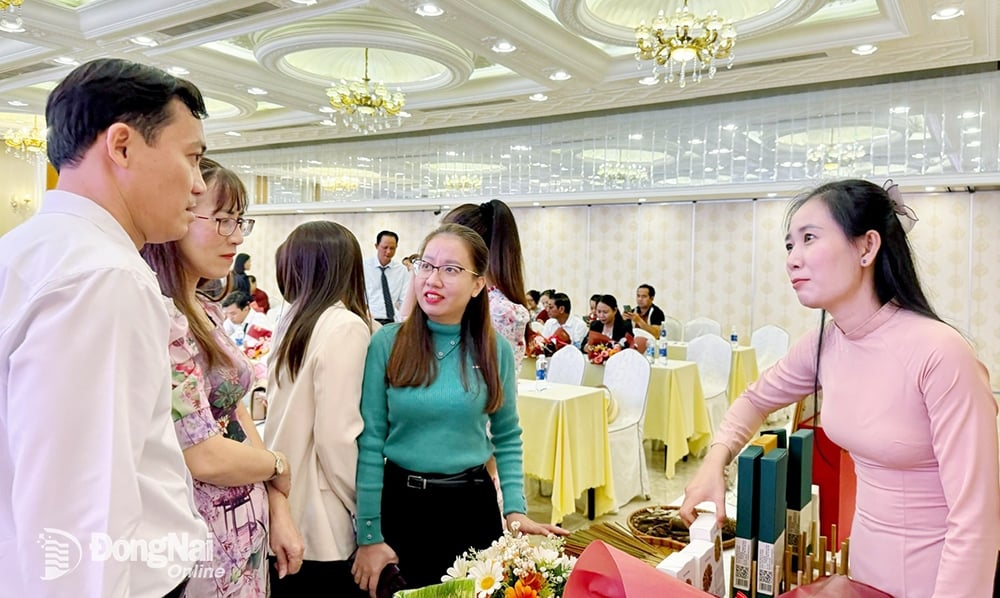


Comment (0)